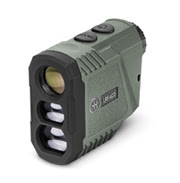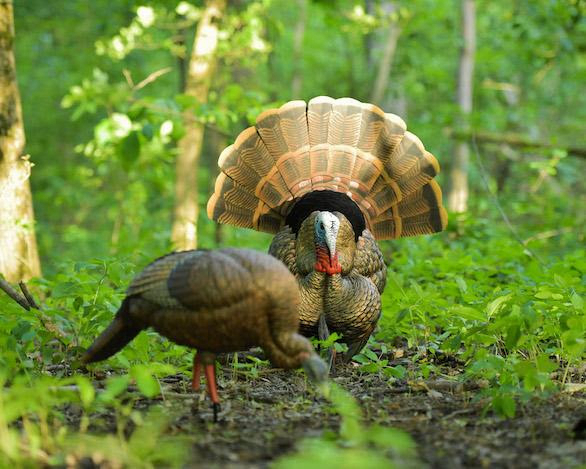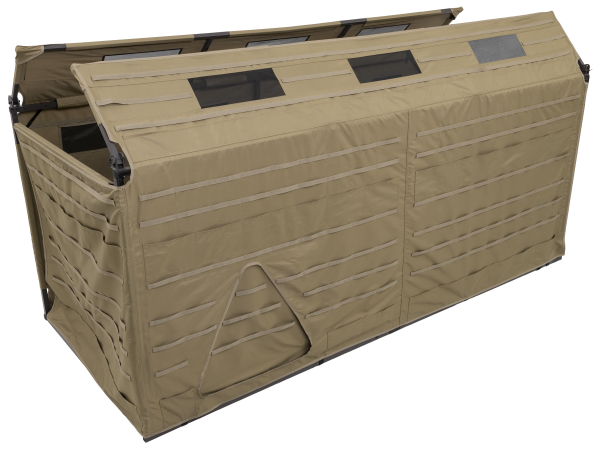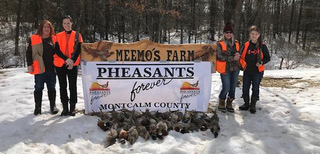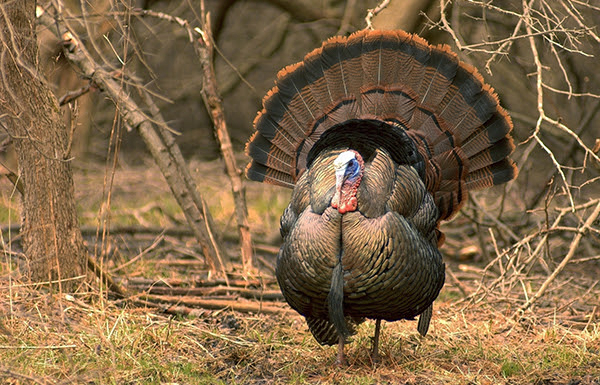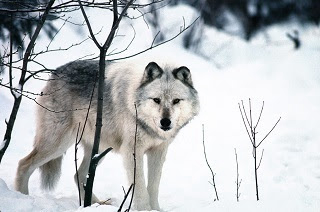By Glen Wunderlich
Charter Member Professional Outdoor Media Association
Condensed from the QDMA 2020 Whitetail Report
Once again, the Quality Deer Management Association has gathered and assembled data from the 2018/2019 season from state and provincial wildlife agencies to provide a “State of the Whitetail” account relative to deer numbers and how hunters are affecting the balance of the collective herd. Overall, positive trends have been established and we’ll see just how Michigan’s hunters stack up to states across the whitetail range.
Countrywide, yearling (1½) year-old buck harvest rates are at the lowest ever recorded, and the percentage of 3½-year-old and older bucks in the harvest is 37% of the total antlered buck harvest, which is the highest percentage ever recorded. Hunters are clearly reaping the benefits of more naturally balanced age structures in herds across the whitetails’ range. In addition, the antlered buck harvest (those 1½ years or older) is at near record level, and last season’s buck harvest was 5% above the previous 5-year average.
On the contrary, antlerless harvest was down slightly from the prior year, and it was 4% below the 5-year average. The antlerless harvest has now declined nearly 20 percent in the past decade.
Michigan hunters shot the most antlered bucks per square mile (PSM), and Delaware hunters shot the most antlerless deer PSM.
Crossbows, which have been a relatively new option for hunters, exceed the vertical bow harvest in 11 of 25 states (44%). Over half of the wildlife management units east of the Rocky Mountains have deer densities at the established goals, while 23% have densities above goals and 22% have deer densities below goals.
The biggest issues and trends include the continued spread of chronic wasting disease (CWD). Twenty-eight states reported a combined CWD budget of just under $11 million ranging from $500 in Massachusetts to $3 million in Pennsylvania.
Overall, Texas shot the most bucks (508,155) and Rhode Island shot the fewest (994). Michigan, South Carolina and Pennsylvania more than doubled the national average and shot 3.3 to 3.7 bucks per square mile (PSM), while North Dakota shot the fewest (0.3 PSM). Michigan hunters shot nearly 2½ times the national average of bucks PSM, Texas alone shot nearly as many bucks as the entire Northeast region, and the Southeast region dominated the buck harvest per deer hunter category.
* Top states antlered buck harvest: Texas 508,155 with a distant toll – yet second place from Michigan of 211,754 .
* Top states antlered buck harvest per square mile: Michigan at 3.7 and South Carolina at 3.6.
* Michigan antlered buck harvest: 211,754 – down 17 percent.
* Top states with lowest percentage of yearling bucks taken: Arkansas at 9 and Florida and Mississippi at 11.
* Top states with highest percentage of yearling bucks: Wisconsin at 53 and Maryland at 42. Although Michigan’s figures for yearling bucks were not made available, it should be noted that its numbers were right up there (or, down there, if you will) at approximately 47 percent the previous two seasons.
* Top states with highest percentage of 3½-plus bucks: Mississippi at a whopping 77, Louisiana at 75 and Arkansas at 72 percent. Again, Michigan did not report figures for this report but the two previous years show a meager 27 and 22 percent totals.
* Top states antlerless harvest: Texas at 375,408 , Pennsylvania 226,940, Wisconsin 175,168 and Michigan 155,898. Although Michigan’s numbers are comparatively high, our DNR indicates we need to take more bald deer. To put these figures in perspective, Maryland took 75 antlerless deer per 100 hunters (75 percent), while Michigan posted a mere 27 percent per 100 hundred hunters.
* Top states with lowest percentage of fawns in antlerless harvest: Texas at 2 percent, and Louisiana and Mississippi at 7 percent. Michigan is still taking too many fawn, although down minimally over the past three seasons at 21 percent.
So, there you have it: the good, bad and ugly of it all. Michigan’s tallies continue to reflect a huge herd, but with better management by hunters has room for improvement when it comes to balancing the herd for a more natural state of bucks and does.
